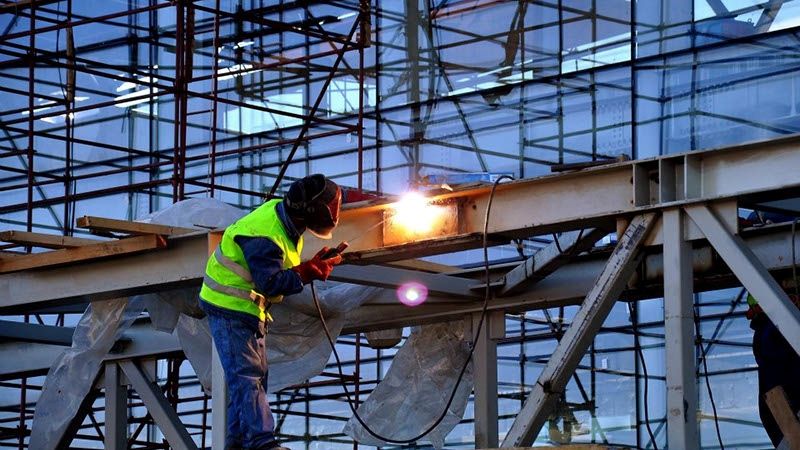
Nasem, Steel Construction Assembly, Manufacturing, and Construction Stages
Steel Construction Assembly and Features: The Foundation of Modern Buildings
Steel construction is a combination of building material and techniques used in the construction industry to create fast, durable, and aesthetically pleasing structures. In this article, we will delve into what steel construction assembly entails, why it is preferred, its characteristics, and the stages of assembly.
What Is Steel Construction Assembly?
Steel construction assembly refers to the process of placing and joining steel structural elements. This process typically occurs on the construction site after the design and manufacturing phases of steel structures. Steel construction assembly involves the assembly of steel columns, beams, frames, and other structural elements.
Characteristics and Advantages of Steel Assembly
There are several reasons why steel assembly is preferred, and these reasons are closely related to the characteristics of steel construction:
-
Rapid Construction: Steel structures can be assembled more quickly compared to traditional construction methods. This results in shorter project completion times.
-
Durability: Steel provides excellent strength and durability, making structures resilient to earthquakes, wind, and other natural disasters.
-
Flexibility: Steel is a flexible material that can adapt to different design requirements, allowing for the creation of customized structures.
-
Lightweight: Steel is lighter than concrete, reducing foundation requirements and overall construction costs.
-
Environmentally Friendly: Steel construction is environmentally friendly as it is recyclable, supporting sustainable construction practices.
Reasons for Choosing Steel Construction
There are several reasons why steel construction is chosen:
-
Speedy Construction: Steel structures can be assembled quickly, ensuring timely project completion.
-
Durability: Steel is a long-lasting and durable material, allowing structures to be used for many years.
-
Flexible Design: Steel can adapt to various design needs, enabling the creation of customized structures.
-
Cost Efficiency: The lightweight nature of steel reduces foundation costs and shortens construction durations, resulting in cost savings.
-
Environmentally Friendly: Steel is recyclable and supports sustainable construction practices, making it an environmentally friendly choice.
Stages of Steel Construction Assembly
Steel construction assembly involves the following fundamental steps:
-
Preparation Work: This includes preparing the construction site, excavation, ground preparation, and necessary infrastructure work.
-
Transportation of Steel Structural Elements: Steel columns, beams, and other elements are transported from the manufacturing site to the construction site.
-
Assembly Process: Steel structural elements are assembled according to the design and connected using welding or bolts.
-
Cladding and Insulation: Exterior cladding materials and insulation are applied to the structural elements.
-
Finishing Touches: Final interior and exterior finishes are applied, making the structure ready for use.
-
Inspections and Approvals: Quality checks and inspections are carried out to ensure the construction is safe and meets standards, and necessary approvals are obtained.
The duration of steel construction assembly varies depending on the size and complexity of the project. A simple steel construction house can be completed in a few weeks, while larger and more complex projects may take several months.
In conclusion, steel construction assembly offers a means to achieve fast, durable, and cost-effective modern buildings. These structures are known for their design flexibility, eco-friendly features, and longevity. By considering the advantages of steel construction, you can create more efficient and sustainable buildings for your construction projects.

